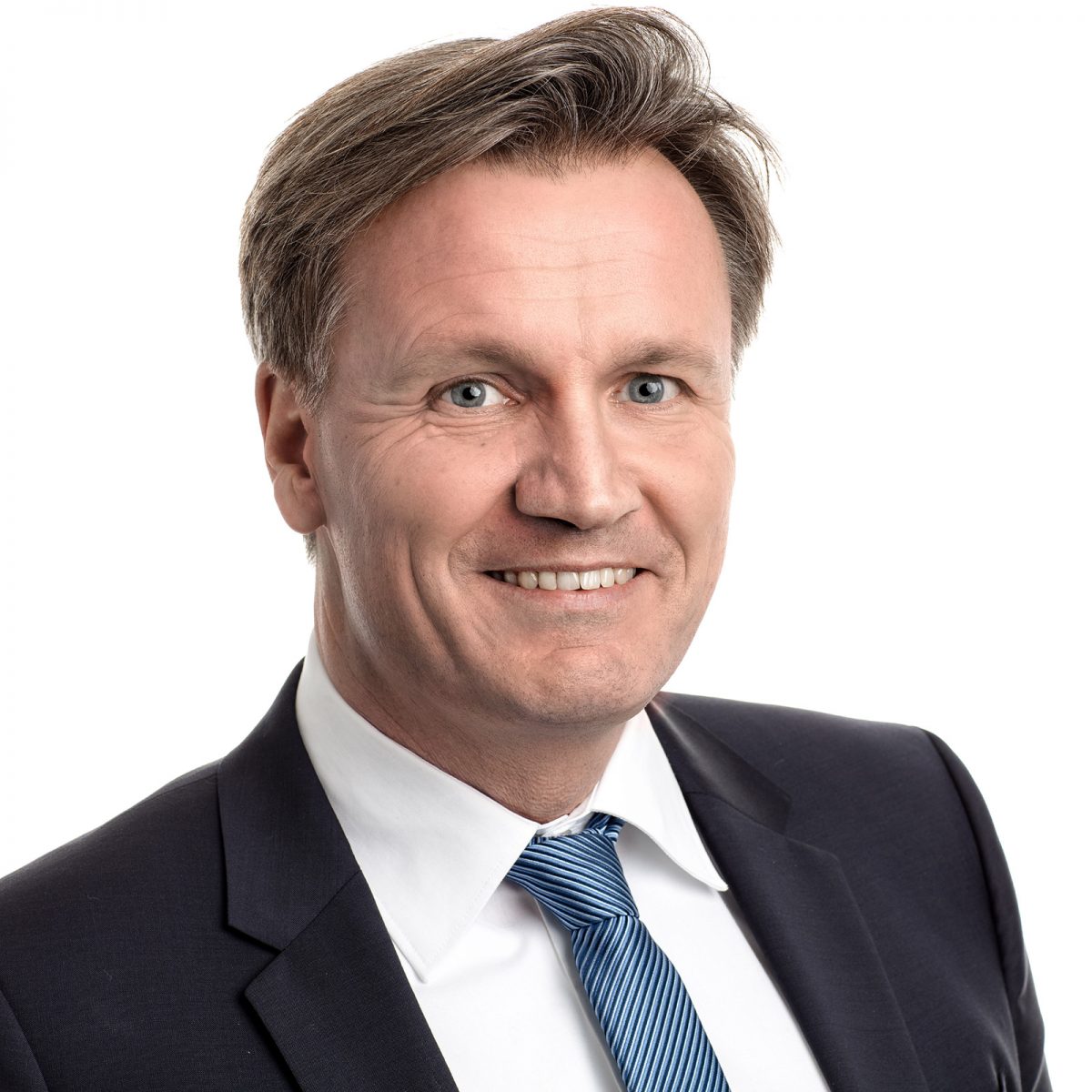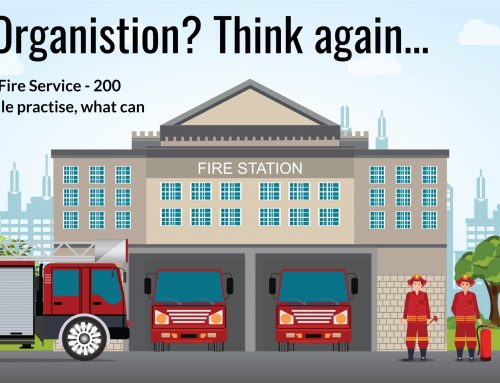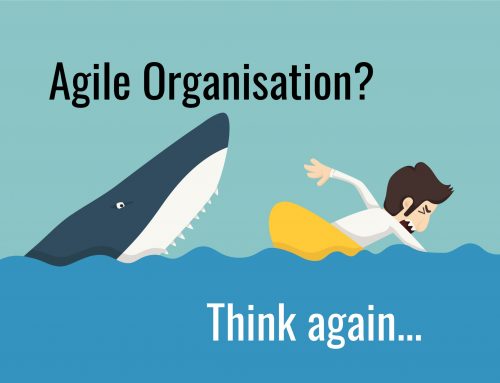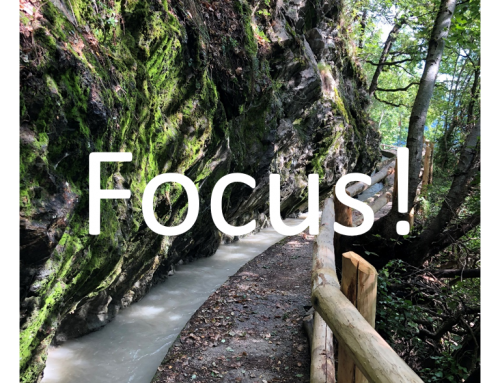2020/12/16
High Performance Teams – what they do and how they are created
In biographies of great company leaders as well as in relevant management guidebooks, the team and with it the evolved team spirit are always celebrated. The team seems to be the all-purpose weapon for every form of problem solving, a source of creativity, a paradisiacal space of hierarchy-free cooperation in which decisions are made quickly and pragmatically. However, there is also a suspicion that the term “teamwork” is so popular because just about anything can be projected into it, depending on which perspective you take. If you ask what makes a strong team, you often end up little the wiser, but depending on what you say and your imagination, you have a clear picture of the person in question. Corporate pamphlets such as “We are a team” or just calling group sizes of 50 or 100 people a team is not very helpful or useful. If the possibility of direct communication and ongoing exchange between members does not exist, the coordination of actions must be defined by formal role descriptions, rules and processes. Thus we have structures, but not a team.
Teams, on the other hand, exhibit a high degree of self-organization. They also need rules of the game, but these usually do not emerge formally, but rather by chance in daily interaction. They cannot be decided upon for a long time, but develop along an evolutionary logic. Team members have a defined (big) common goal and they live through a common history. Personal relationships grow, which are not primarily determined by defined role relationships. In a way, they are almost private in nature and people help each other in all areas, including those that go far beyond work. The blending of work and life spheres can fuel team spirit, but it can also lead to problems. Emotionality as a consequence of shared experiences and successes is both a strength and a risk for the team. Whether the team works or not depends to a large extent on this. The immediate proximity to each other has a great influence on a few important as well as delicate ideas of team building. Equality as an idea of “we are all equal” plays an important role, but quickly leads into trouble. First, there are almost always hierarchies in organizations, and second, the very idea of “team” thrives on inequality. If everyone were equal and had the same skills and experience, their combination would be the maximum inefficiency. The team creates added value precisely because of its inequality, in that different skills and opinions come together to create something that exceeds the possibilities of the individual. Inequality is therefore not a problem, but a prerequisite for the team and its success. Because the demand for equality is a humanly understandable one, and because inequalities can shift continuously in the dynamics of tasks, a constant process of negotiation around importance, power, and recognition emerges. The high performance team differs from the “normal” team in that it constantly monitors and balances this dimension. The potential for conflict is always there and the option of failure is always there as well. Settling conflicts is often helpful, but of course it does not make sense in every case. In the immediate crisis situation, for example, when the threat is at its highest, it is advisable to emphasize common interests and to set aside individual points of view. Beyond that, conflicts are an intense form of relationship building and their outcome is often uncertain. This effort is avoided in many teams and in the service of trusting harmony, it is better to agree on average performance than to take too much risk.
High Performance Teams – what makes the difference?
In high performance teams, conflict is an important part of the program, and everyone knows that it helps the team if everyone gets a little better every day. What better means is determined in the daily trial of strength, and in the process, people get to know and respect each other. This mutual respect makes the desired equality the basis of a relationship in which everyone involved is held in high esteem. Sport is a suitable metaphor because we are all familiar with it and because in this profession the feedback on one’s own performance comes quickly and with unmistakable clarity. From the greats of sports – be it football, a rope team in extremis in the mountains, a sailing crew (Alinghi was a sensational example!) we learn that dealing with the human factor makes the big difference.
Für die Personalauswahl bedeutet das, dass man möglichst keine Kompromisse machen soll. Fachkompetenz ist das eine, wenn sie oder er aber einfach nicht passt, dann wir auch das beste Coaching nichts bewirken.
- A balancing act must be performed when it comes to the question of identity and diversity. If you want the best, you can’t stop at language or national borders. However, building a common purpose and a common understanding of values are crucial for success. They are the brackets that hold everything together (“we are we”).
- The individual always has the chance to show the team his limits (“the weakest link” etc.). Of course, there are more important and less important performers, but everyone deserves to have their performance given importance. When everyone is encouraged to do even better, the team can and should become the hero.
- It is precisely where things do not always run smoothly that the power of trust becomes apparent. The leader demonstrates courage when, despite his or her own insecurities, he or she remains able to trust and let people do what they want.
- Performance improvement comes from comparison, and healthy competition drives every team, if it helps the team as a whole. Those who are currently at the back of the pack should not sink into resignation, but should want to show the others every day that they are definitely a force to be reckoned with. Second teams are important because they give everyone a platform, and because they show those in the first that the air is thin up there.
- The manager is condemned to be a role model, whether he wants to be or not. In doing so, she sets the pace, for better or for worse, and she knows that she is always the most important reference person for employees. If she takes small liberties that are not in the team’s interest, she always runs the risk of being copied and abused.
- With courage, a team dares to take new unconventional paths and tap into its creative potential. This requires an inviting atmosphere that provides space for free thinking and fun discussions. Sensation is always spatial, and those who withdraw from the everyday environment can also temporarily free themselves from everyday worries.
- People are different in a very special way and they bring their very individual inclinations and preferences These peculiarities quite naturally give rise to different roles such as doers, caretakers, drivers, controllers, and so on. An organization chart does not help here, because here it is roles that form out of themselves. Adventure events are rather out of touch with reality; effective development and teamwork take place at work.
- Direct internal communication is also a matter of courage, if it is tackled properly and with commitment. There is still a suspicion that information is a matter of delivery. On the other hand, it has been proven that those who are poorly informed are themselves responsible for their knowledge vacuum. In a good team, care is taken to ensure that information is made available, but everyone must obtain it themselves. In any case, regular and timely feedback is valuable.
High Performance Team Radar – holding up a mirror to oneself
A radar helps to hold up a mirror and determine the position of one’s own teamwork. It is used to check the clarity and commitment in the team from the various perspectives. For top performance, these two factors complement and depend on each other, and it is a completely normal development that they erode in the daily hustle and bustle and need to be constantly re-honed. In a way, a team is like a marriage that doesn’t work forever just because “yes” was said once a long time ago. It needs to be continuously revitalized and talked about, otherwise it will soon exist only on paper. With the High Performance Team Radar, the team installs a feedback system for itself, with which it holistically reflects its result orientation, responsibility, the contributions of individual team members, the commitment of processes and procedures, the team spirit and its agility. In addition, the team’s sense of purpose and leadership strength are assessed in order to derive the best levers for future measures. Since the future viability of the team is manifested externally in the results achieved and internally in the trust built up, these factors must also be put to the test. This ensures, on the one hand, that the team remains in touch with reality, i.e. that it performs well for its external and internal customers. On the other hand, issues that require correction are addressed internally at an early stage. Trust is sometimes the beginning of everything, but when it is exhausted, everything comes to an end.





